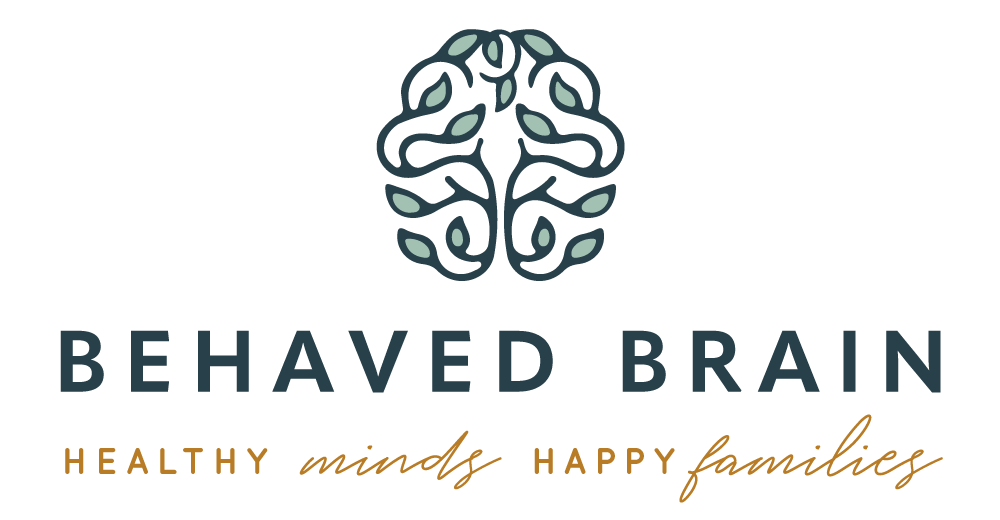Problem-solving is something we all struggle with at various points in our lives. A problem may come up daily, weekly, or monthly. A question might be, how big is the problem, and how do we educate others to solve them? As parents, teachers, or caregivers, we cannot always be present for every problem a child, preteen, or adolescent may encounter. Therefore, the importance of problem-solving independently promotes future growth in confidence, self-awareness, and overall success.
Teaching problem-solving strategies
The first step in educating others on how to problem solve is to identify the problem. Different problems require different skills to develop solutions. When identifying the problem, you can begin by discussing it out loud. After discussing the problem and identifying the severity, the next step is to brainstorm and develop possible solutions. Furthermore, when developing the solutions, you should next discuss the pros and cons of each solution. While discussing this, you also challenge your child or preteen with their critical thinking skills. Once you have brainstormed some solutions, have them test it out. When problems do arise, it is important not to rush kids into quickly solving the problem. It is a process that takes time, practice, and effort to form effective steps and strategies.
https://www.verywellfamily.com/teach-kids-problem-solving-skills-1095015
Knowing that works
Parents, teachers, and caregivers must remember everyone is different. One method may work for one child, preteen, or adolescent, whereas it might not work for another. For example, some children or preteens may benefit from writing down possible solutions when teaching problem-solving skills. Writing down solutions or even a full-out plan is also useful when problem-solving from an educational standpoint, such as in math or science. However, writing it out may not benefit everyone. Some may find acting out the problem, the possible solutions, and the overall outcome as a helpful visual component of problem-solving. As parents, teachers, and caregivers, we should consider encouraging children, preteens, and adolescents by modeling these strategies together.
Consequences to problems
When you have identified the problem, discussed possible solutions, and practiced/tested them out, consequences come into play with problems. The end goal may not go as planned. Helping others understand the problem, the consequences, and our feelings towards the problem are all significant for self-awareness and independence. For example, your child, preteen, or adolescent comes home with a problem. Whether it be something that happened at school that day, after school, something with a friend, or even an academic problem, we must stop for a second and recognize how they are feeling.
In some cases, when kids discuss their day, they may not even realize there is a problem that exists. The effectiveness of bringing this to their attention as a problem, utilizing the steps for problem-solving will allow kids to want to discuss problems with you in the future. Creating this space also sets the environment for open communication between one another, ensuring a healthier atmosphere.
Once the problem has been brought to your awareness, using these steps is critical for independence and development. Talking to your children, preteens, or adolescents about their day, problems, and feelings is essential to developing life skills. Being open, understanding, and praising are helpful components of teaching problem-solving skills. Doing so opens the door for kids to understand themselves, their feelings, and overall awareness of the affected others around them. Nevertheless, take the time to think about what is best for kids by providing different alternatives and strategies to effectively problem solve. Promote independence, praise them, and be there when difficulties arise.







